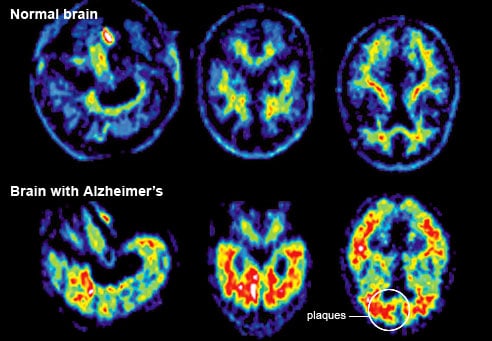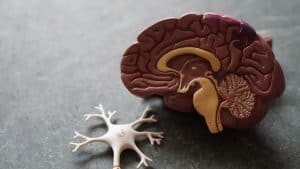
Alzheimer’s research ‘turning point’
pharmafile | October 11, 2013 | News story | Research and Development, Sales and Marketing | Alzheimer's, Alzheimer’s, MRC, research
There is new hope that Alzheimer’s disease could be cured, according to a discovery by scientists from the Medical Research Council (MRC) and published in Science Translational Medicine.
At present there is no cure for the degenerative brain condition, but work by the organisation suggests that brain cell death can be prevented by a new compound – at least in mice with prion disease, another neurodegenerative disorder.
The difficulty of treating Alzheimer’s means that any change in the landscape – at however early a stage of research and without proof in humans – tends to be seized upon.
Professor Roger Morris from King’s College London, told the BBC: “This finding, I suspect, will be judged by history as a turning point in the search for medicines to control and prevent Alzheimer’s disease.”
The search for a cure has been likened by ABPI chief executive Stephen Whitehead to the quest for the Holy Grail – and there could be financial rewards to match.
Any pharma firm which markets a medicine able to significantly slow down the disease – or even reverse it – is likely to be sitting on one of the biggest sellers of all time, given the extent of Alzheimer’s in an ageing global population.
While the MRC research does not mean that any such medicine is anywhere near being proven, Morris pointed out: “It’s the first proof in any living animal that you can delay neurodegeneration – the world won’t change tomorrow, but this is a landmark study.”
Dr Eric Karran, director of research at Alzheimer’s Research UK, was more circumspect: “Targeting a mechanism relevant to a number of neurodegenerative diseases could yield a single drug with wide-reaching benefits, but this compound is still at an early stage,” he said.
“It will be important for these findings to be repeated and tested in models of other neurodegenerative diseases, including Alzheimer’s disease,” Karran suggests. “What is true in animals does not always hold true in people and the ultimate test for this compound will be to see whether it is safe and effective in people with these diseases.”
The MRC Toxicology Unit, based at the University of Leicester, believe the idea could also be translated to other diseases such as Parkinson’s, Huntington’s and prion diseases such as Creutzfeldt-Jakob, all of which are characterised by the abnormal build-up of proteins in the brain which leads to cells dying off.
The compound used by the researchers targeted the unfolded protein response (UPR) and attempted to prevent protein production from being switched off – and they found that it prevented the loss of brain cells in mice affected by prion disease.
While this is potentially exciting, the scientists will be aware that the road towards treating Alzheimer’s has been decidedly rocky and is littered with now-defunct drugs that had once been held up as promising.
Adam Hill
Related Content

Bayer and Aignostics to collaborate for AI oncology research
Bayer and Aignostics have announced that they have entered into a strategic collaboration for several …

Voyager Therapeutics shares data from preclinical programmes for Alzheimer’s treatment
Voyager Therapeutics has announced new data from is two preclinical programmes targeting pathological tau for …

Eisai shares new data for Leqembi for Alzheimer’s treatment
Eisai and Biogen have announced that Eisai has shared new data for Leqembi (lecanemab-irmb) 100mg/mL …








